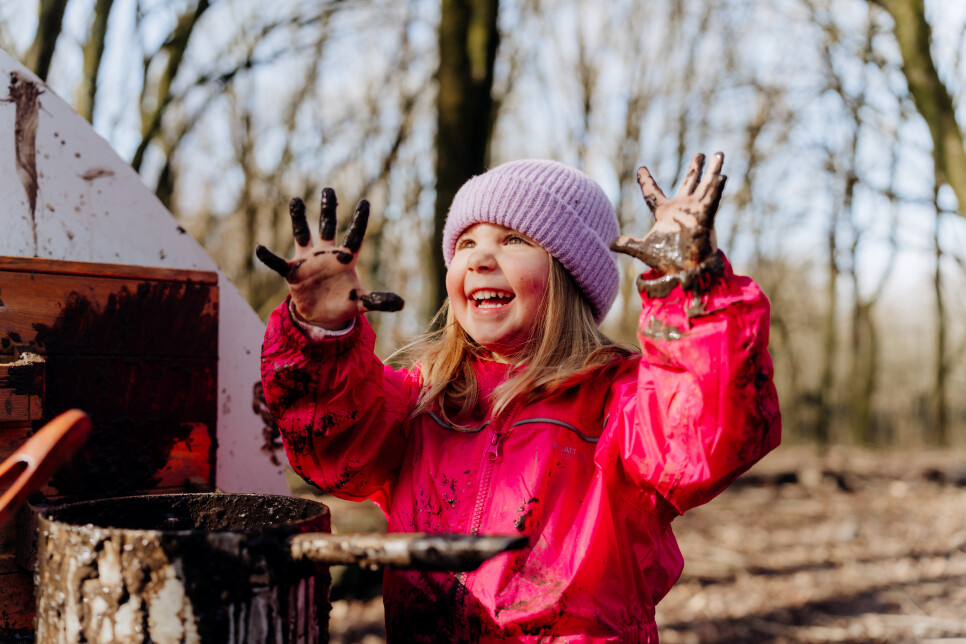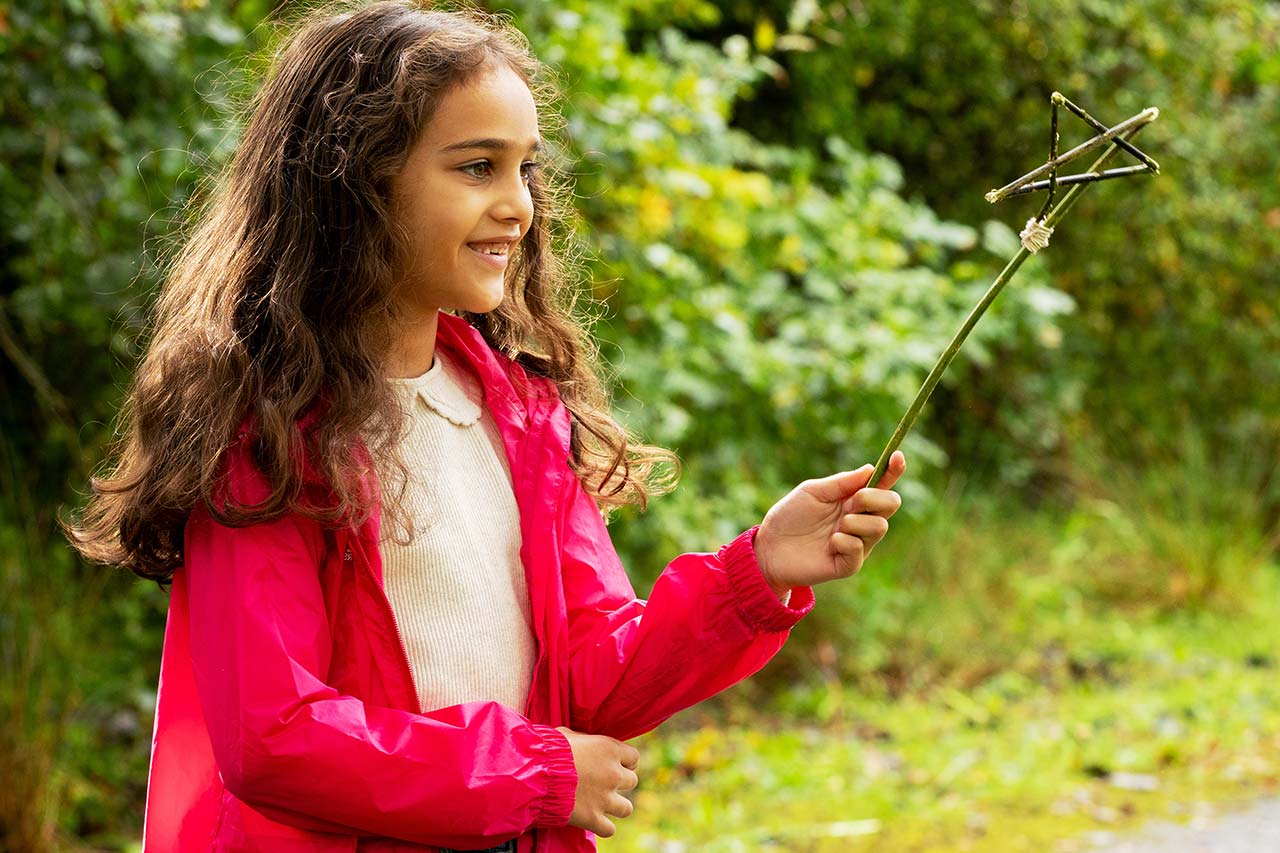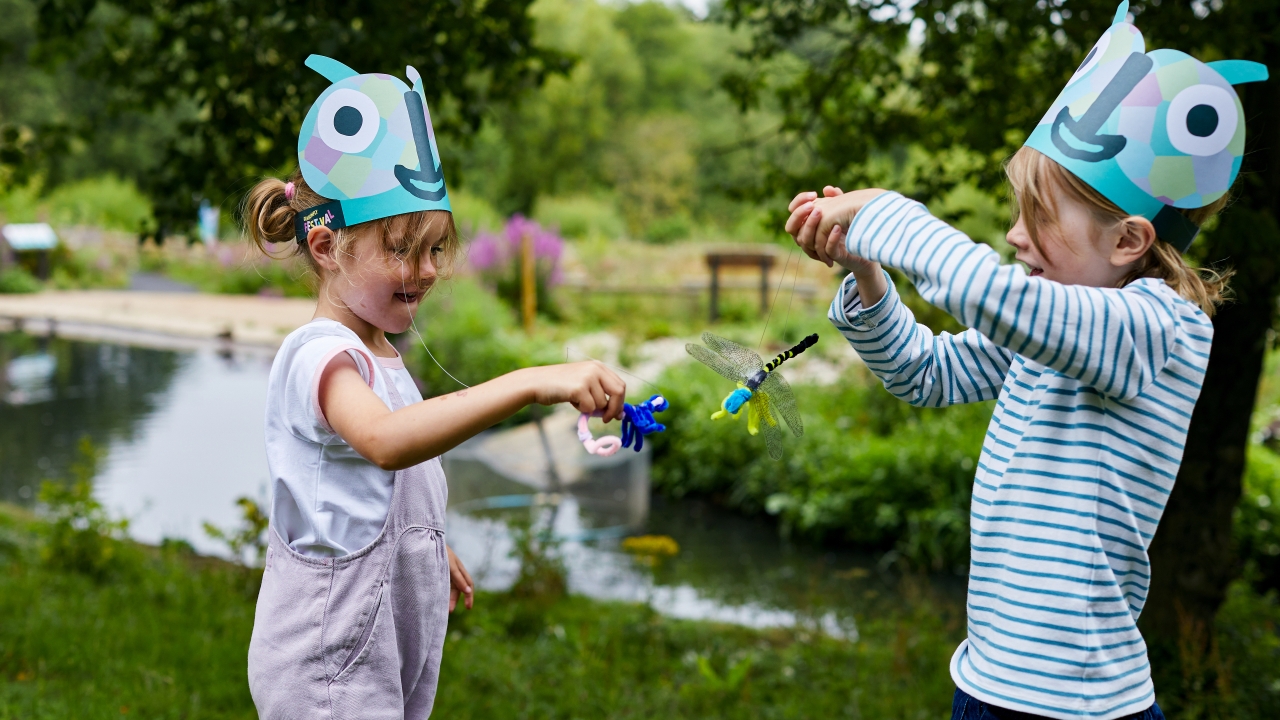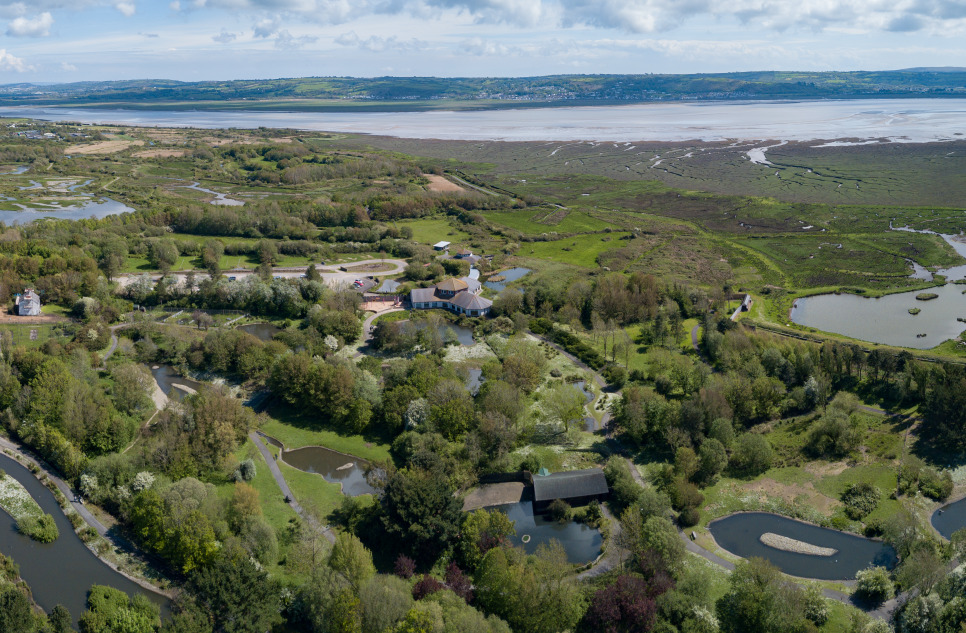Window Into The Wetlands: Reedbeds
Self-care is vital at any time but these days it's more important than ever. Take a mindful break and listen to the sounds of the rustling reedbeds.
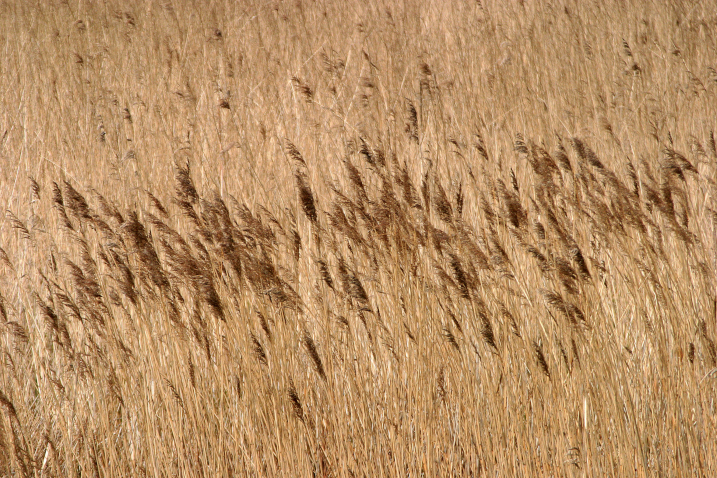
Take some time to yourself and watch the winter sun dance upon the sparkling clear and healthy waters of one of our ponds, distilled and filtered through the reedbeds that sway along the water's edge.
In winter, the reeds and once lush vegetation are crisp and dry. They make different sounds in the wind, their stems hollow and empty save for the creatures that take shelter in them during the harshest months. Read on to learn a little more about how important these statuesque plants are to wetland life.
A very useful plant - not just for wildlife!
Wetlands aren't just homes for wonderful wildlife; we've always depended on wetlands for our own survival. For food and shelter, livelihoods and now, more commonly, recreation. They can also play a role in drinking water treatment, filtering and purifying wastewater and providing a buffer against pollutants from industry and farming.
In the past, the quick-growing plant was harvested and dried for thatch material and used to weave baskets and simple mattresses - some stems were even used to craft musical instruments, arrows and pens! Indigenous people of America would also dry the stems and grind them into a fine powder to use in a recipe that made a sweet dish similar to marshmallow and use the sap to make sweets.
How they grow
Reeds can grow to an impressive height in a very short space of time. They have subterranean 'runner' stems, or rhizomes, that spread out and produce tightly-packed fresh shoots that emerge each year. These tender new stems provide food for many wetland residents, including water voles and insects.
Reedbed residents
The mature reedbeds here at Llanelli provide a home to a vast array of organisms. Their dense cover and camouflage mean you're more likely to hear reed buntings, Cetti's warblers, bitterns, water rails and other vocal birds before you can see them (if you're lucky!). In spring warblers stitch delicate nests between reeds and in summer birds of prey like marsh harriers patrol on the hunt for food. In autumn migrant ducks such as wigeon start arriving so watch and listen for their calls. Then, in winter, look out for huge murmurations of starlings heading home to roost at the end of the day.
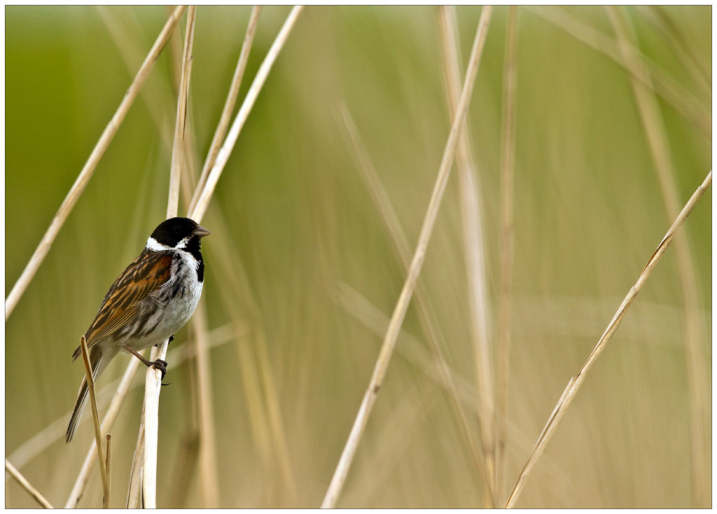
Mammals that thrive in our reedbeds include harvest mice, water shrews, bank voles and big predators like otters who hunt for these small rodents, fish and amphibians. Fish nurseries shelter in the submerged roots of vegetation feasting on plants, insects and larvae, ensuring a healthy ongoing supply of food for all kinds of creatures.
A wealth of invertebrates can be found in reedbeds: dragon and damselflies, beetles, water fleas, worms, molluscs, shrimps, caddisfly and water spiders (among many more!).
Everybody needs good neighbours
With their height and flexibility, reeds and other tall grasses dominate reedbeds (no surprise there) but their support and shelter enable more delicate smaller plants to find sanctuary amongst them. From late spring, a particularly welcome sight at Llanelli are the yellow flag irises that burst into vibrant lemon torches, providing splashes of colour alongside gipsywort, water plantains, flowering rush, water mint and other aquatic plants.
Want to know more about wetlands?
Find out about ancient wetlands and listen to our recreation of a detailed soundscape to really immerse yourself in these unique habitats with this fascinating blog post.
